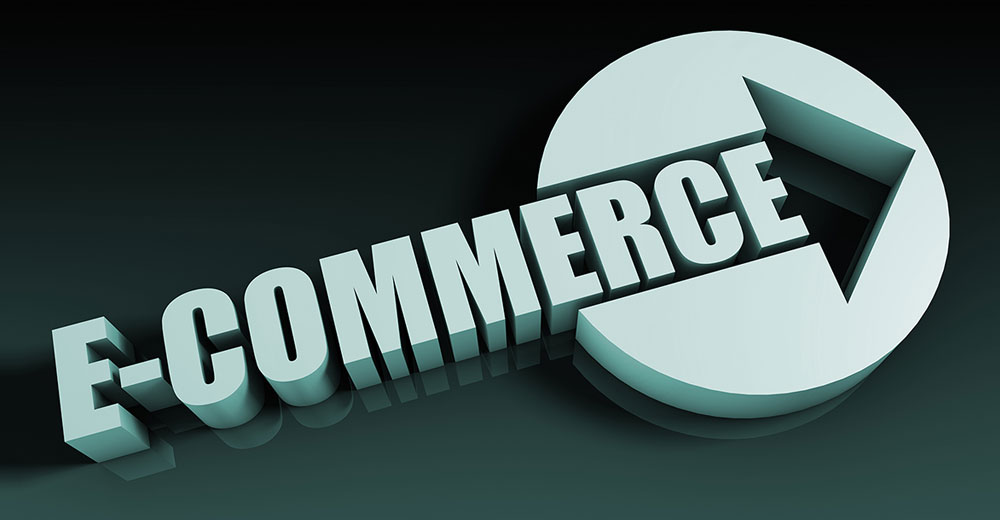There could be as much as a 22 percent increase in holiday sales this season, based on industry analyst predictions. The 2018 U.S. retail e-commerce season will reach US$123.4 billion, up from $106.14 billion in 2017, according to Statista’s estimates.
If you are a small business retailer, these numbers no doubt will bring a twinkle to your eye. However, if you want to get your share of this projected increase, you will need to step up your game. Your competition is fierce: The Amazon juggernaut will continue, leaving a substantial number of other large retailers wanting to grab their share of any uptick in sales.
There’s no denying the impact that Amazon’s marketplace has been having on both independent online retailers and on brick-and-mortar stores. It was a year ago that Amazon sales surpassed the combined sales of Walmart, Target, Best Buy, Macy’s, Kohl’s, Sears and JCPenney. There’s no end in sight for the growth of Amazon and these brand competitors.
Despite the impressive growth of large online retailers, however, there still is plenty of opportunity for smaller e-commerce merchants who are able to outmaneuver these behemoths and carve out their own loyal customer base.
Put the following six tactics to work to even the playing field during the upcoming holiday battle of the behemoths.
1. Deepen Your Knowledge Bench
Customers expect smaller retailers to know their products well. If you’re not Amazon, you need to know your product better than Amazon support.
Amazon sellers typically provide the bare minimum information, and their value proposition is largely price. Be the site that gives your customers richer product detail. Share that knowledge with videos, and encourage buyer feedback and reviews.
Change the conversation with in-depth knowledge, and you can earn loyal customers who have a deeper dense of engagement.
2. Create a Powerful Community
Generic doesn’t work if you want to get above the noise of large retailers selling typical volume merchandise. Focus on items that target a niche market, or a community around which you can build a following.
Niche marketing is a proven effective tactic in all types of commerce, for many reasons, including the fact you can control your investment and laser-focus on a market segment to achieve sales. Small retailers have more limited budgets; the more you focus, the better your chances of achieving a reasonable margin.
3. Be a Social Butterfly
Social channels are essential to developing your niche market and community. Creating a positive connection with your customers, and nurturing this connection through a steady, active social media presence strengthens relationships and develops loyalty. It can give you valuable insights into developing trends, as well as connect directly to your own e-commerce site.
Academic and science researchers now study social media and its effects on e-commerce. While it has its risks in uncontrolled communication, the consensus is clear: Social media has a powerful impact on e-commerce.
One study, referring to a Nielsen survey, said “it showed clearly the link between social networks and e-commerce. It indicated that more than 83 percent of respondents were confident in the recommendations of friends and family members, while almost 66 percent trusted the consumer opinions posted on the social networks.”
Social media is now a must-have. Take the time now to examine your presence on Facebook, Twitter, Instagram and other media, and evaluate whether your social media have been effective in helping you to gain loyalty, to strengthen your community, and to leverage its influence.
4. Bundle Up
The razor and razor blades business strategy is a great business legend, and there is still wisdom in it. Consumers like to have the full package — for convenience and for the sense of getting a good deal.
Take this strategy and modify it for your small business site. Create your own product bundles, or find niches for quality secondary or add-on products that further the uniqueness of your site and give you a competitive advantage.
Amazon and other large competitors are a good research source. See what items are doing well and what complementary items they are presenting alongside primary products. Then look at your product lines and see where you can extend the sale by adding goods that complement the key offering.
5. Use the Power of Your Own Data
Leverage the inventory control and reporting data you have from your own online store to increase sales efficiency and decrease overhead.
The general consensus among experts is that Amazon’s built-in reporting, for example, has big gaps — including not being able to group products by vendor or item type — and it often requires third-party tools to optimize backend management.
6. Get Ahead of Sales Trends
Loyalty is great for relationships, but in managing your product inventory, it’s necessary to be fickle when sales warrant it. Don’t rely fully on the products that are going well today. Your best products change over time, so monitor your products and adapt accordingly.
Having deep knowledge of your products, and being in frequent contact with your customers and product users — through social and community channels — will help you forecast the next product trend or shift, and allow you to start selling those products before the huge marketplaces take more market share.
The athleisure trend is a perfect example of getting there first and reaping sales, while others play catch-up.
If you’re a small business site looking to nurture your unique, compelling niche in a hypercompetitive market, then hearing about your customers’ desire for higher-end leisure wear, for example, would prompt you to add those lines and capture early sales, getting in early on what has become a strong sales trend. The same goes for footwear, garden tools, and cat food — anything you sell that is subject to shifting consumer tastes.
Be aware. Be first, and capture those sales!
Time to Amp up Your Superpowers!
Bottom line: As a small business retailer, you need to have a more well-defined market, do a better job of bundling compelling offerings, engage your customers more closely, and be faster on your feet capturing relevant early market trends if you want to claim your share of the e-commerce market.
In this era of mobile shoppers and social media influence, you also need to leverage all the tools at your disposal to strengthen your site’s power. This includes site analytics, SEO, social channels, and community activities that make your site one that customers will visit regularly.
It’s a lot to do, but it is absolutely essential to meeting your sales objectives into the new year. Put these six practices into play, and help ensure that you’re still standing as the battle of the behemoths wears on!














































Social Media
See all Social Media